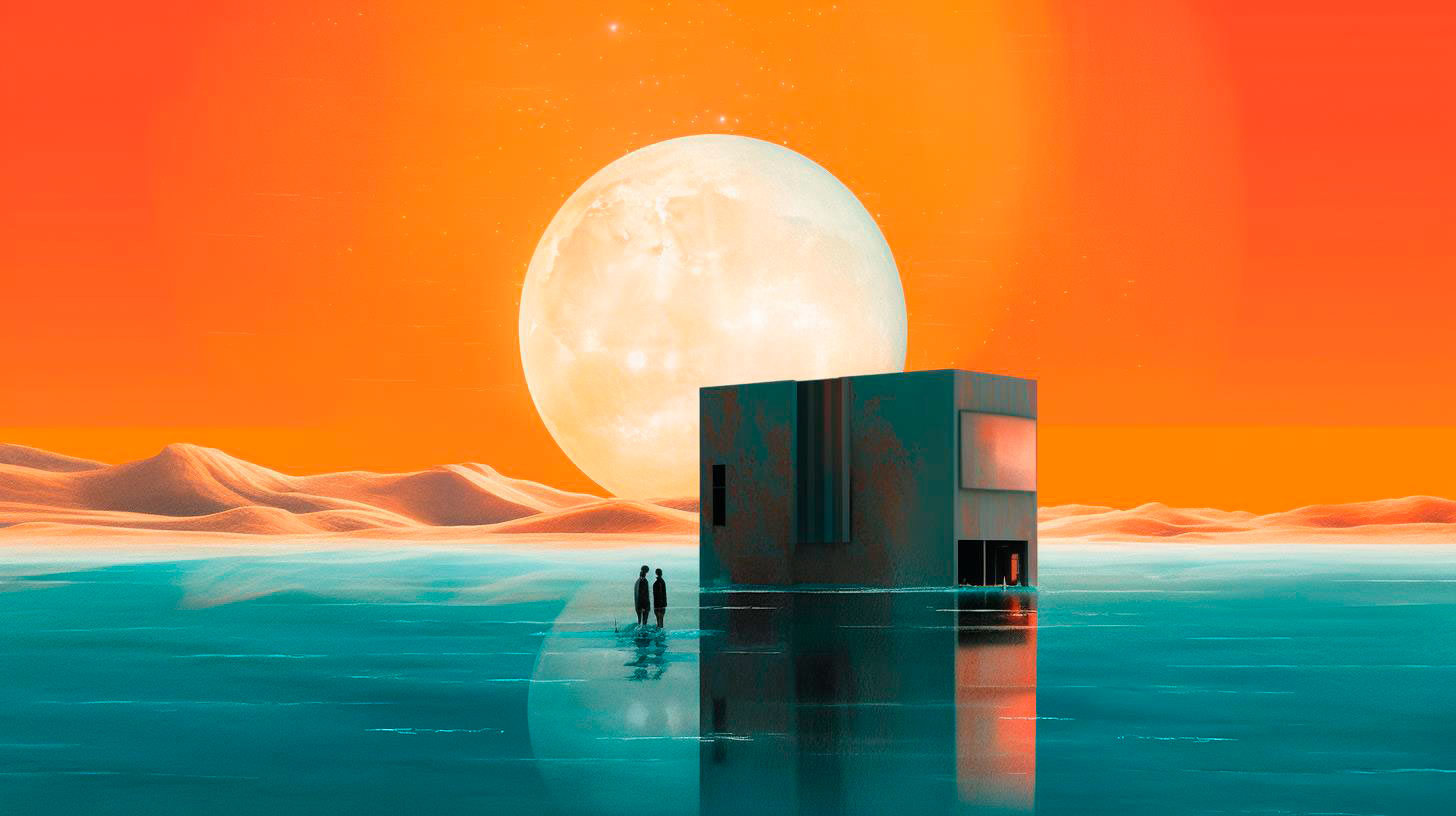From Watt to Wow: The Evolution of Energy-efficient Lighting
In this article, we will explore the fascinating journey from traditional watt-based lighting to the groundbreaking wow-factor of energy-efficient lighting solutions.
Traditional Lighting: Watts and Inefficiency
For decades, incandescent light bulbs dominated the market with their simplicity and affordability. However, they came with a significant drawback – they were highly inefficient. Incandescent bulbs wasted a substantial amount of energy in the form of heat, making them not only costly but also environmentally unfriendly.
Key Takeaways:
- Incandescent light bulbs were widely used for their simplicity and affordability.
- They were highly inefficient, wasting a significant amount of energy in the form of heat.
- These bulbs were harmful to the environment due to their high carbon emissions.
The Advent of Compact Fluorescent Lamps (CFLs)
In an effort to combat the inefficiency of incandescent bulbs, Compact Fluorescent Lamps (CFLs) made their entrance. CFLs were much more energy-efficient compared to incandescent bulbs, producing the same amount of light using significantly less power. They used electronic ballasts to produce fluorescent light. Although CFLs were a step in the right direction, there were still some limitations to their widespread adoption.
Key Takeaways:
- CFLs were more energy-efficient than incandescent bulbs, resulting in lower energy consumption.
- They produced the same amount of light using less power, reducing electricity costs.
- CFLs utilized electronic ballasts to produce fluorescent light.
- However, CFLs had limitations such as slow warm-up time, mercury content, and limited dimming capabilities.
The Rise of Light-Emitting Diodes (LEDs)
Enter Light-Emitting Diodes (LEDs), the game-changer in energy-efficient lighting. LEDs revolutionized the industry with their low energy consumption, remarkable longevity, and versatility. These tiny, semiconductor-based light sources quickly gained popularity and became the go-to choice for both residential and commercial lighting applications.
LED technology allowed for better control of light output, color temperature, and dimming options. Their small size and high efficiency made them suitable for various lighting fixtures, including lamps, downlights, and even outdoor illumination. The emergence of LEDs marked a significant turning point in the evolution of energy-efficient lighting.
Key Takeaways:
- LEDs are highly energy-efficient, consuming significantly less electricity than previous lighting technologies.
- They boast a much longer lifespan compared to incandescent and CFL bulbs.
- LED technology enables precise control over light output, color temperature, and dimming.
- LEDs are versatile and suitable for various lighting applications.
- They contribute to significant energy savings and reduced carbon emissions.
The Wow Factor: Smart Lighting Solutions
As energy-efficient lighting continues to evolve, the wow-factor emerges with the advent of smart lighting solutions. The integration of LED technology with smart controls allows for customizable lighting experiences, increased convenience, and enhanced energy savings.
Smart lighting systems can be controlled remotely through smartphones or voice assistants, enabling users to adjust brightness, color temperature, and create personalized lighting schedules. These solutions offer not only improved energy efficiency and reduced costs but also the opportunity to create ambiance and enhance productivity in any setting.
Key Takeaways:
- Smart lighting solutions combine LED technology with advanced controls for customizable experiences.
- Integration with smartphones or voice assistants allows remote control and personalized lighting schedules.
- Smart lighting enhances energy efficiency, reduces costs, and offers ambient lighting options.
- These systems provide convenience and the ability to create different moods or settings.
The Future of Lighting
The evolution of energy-efficient lighting continues to propel us toward a more sustainable and brighter future. As technology advances, we can expect even more innovative solutions that further enhance energy savings and lighting quality.
Research and development efforts are focused on improving the efficiency and affordability of LED technology. Additionally, the incorporation of Internet of Things (IoT) connectivity and artificial intelligence (AI) into lighting systems holds great promise for optimized energy consumption and enhanced user experiences.
As consumers become more conscious of their environmental footprint and the benefits of energy-efficient lighting, the demand for sustainable lighting solutions will continue to grow. Together, we can embrace the evolution of energy-efficient lighting and make a positive impact on both our planet and our daily lives.
Key Takeaways:
- Ongoing research and development aim to improve LED efficiency and affordability.
- The integration of IoT and AI technologies holds promise for optimizing energy consumption.
- Consumer demand for sustainable lighting solutions is on the rise.
- The future of energy-efficient lighting offers even greater efficiency, enhanced user experiences, and increased affordability.
In conclusion, the journey from watt-based lighting to the wow-factor of energy-efficient solutions has been a remarkable one. From the inefficiency of incandescent bulbs to the game-changing LED technology, lighting has undergone a significant transformation. With smart lighting solutions on the rise and continuous innovation in the industry, we can look forward to a future where energy-efficient lighting not only saves power and money but also creates captivating and personalized lighting experiences.
